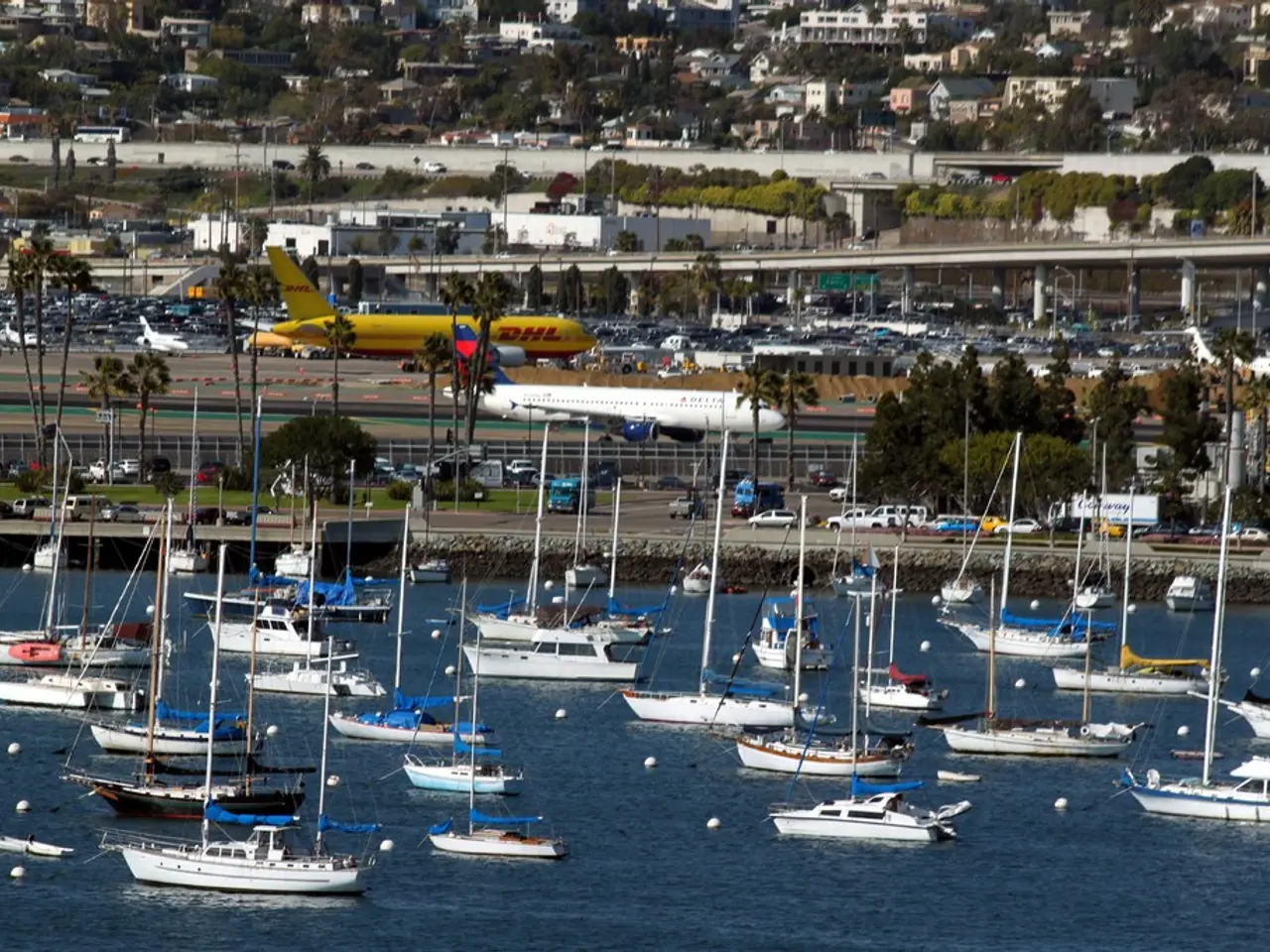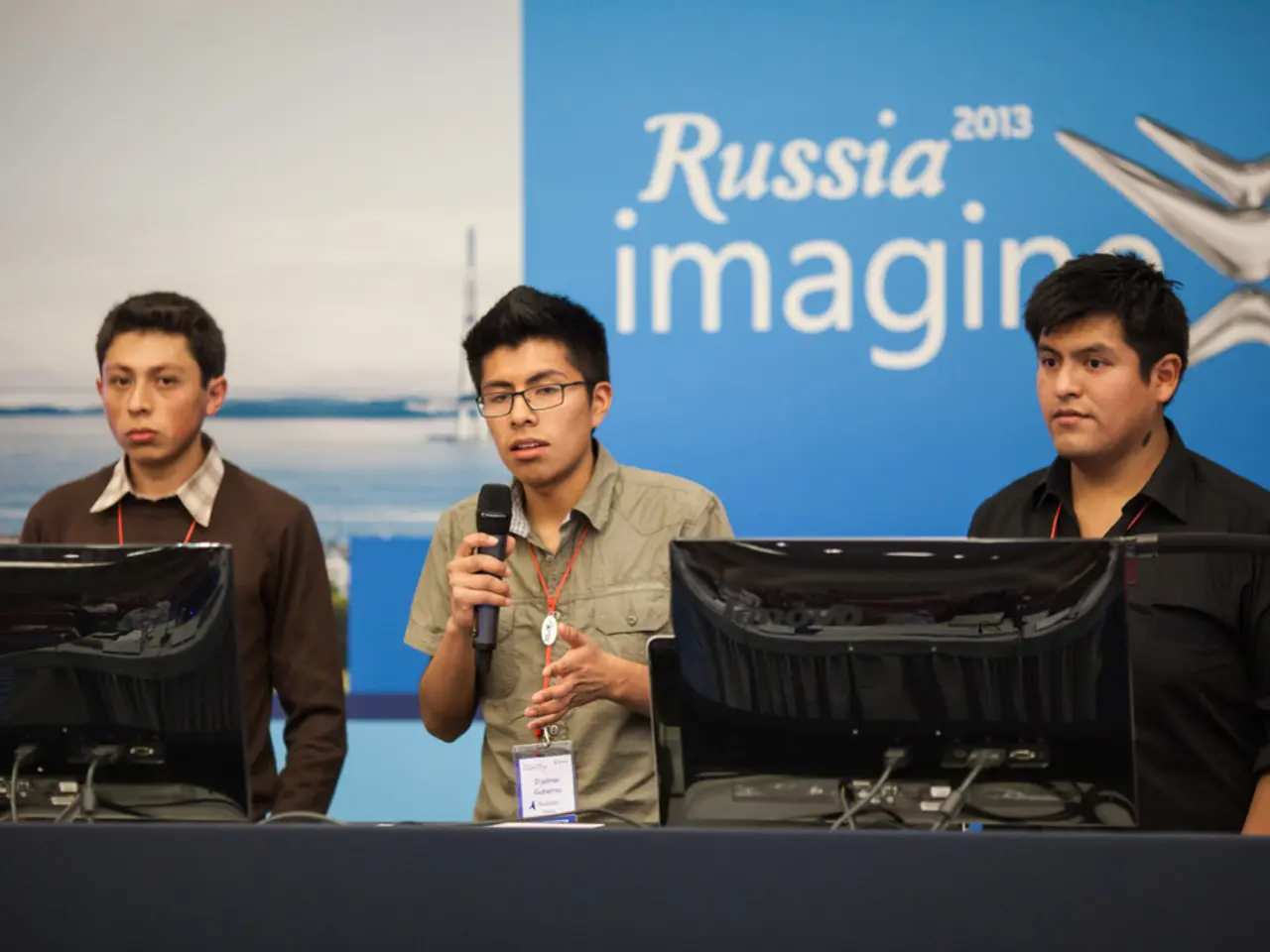Japan Disagrees with China's Justification Regarding Warplane's Near Misses
Recently, the Japanese Defense Ministry has expressed serious concerns about Chinese military aircraft flying dangerously close to Japanese planes over the East China Sea and Pacific Ocean.
On separate occasions in early July 2025, a Chinese JH-7 fighter-bomber approached as close as 30 meters (98 feet) to a Japanese YS-11EB electronic-intelligence aircraft, heightening risks of accidental collision despite the encounters occurring outside Japanese airspace.
Japanese Defense Minister Gen Nakatani has highlighted these close approaches as provocative and dangerously reckless, urging China to cease such maneuvers which could easily trigger unintended incidents or escalation. Japan’s Foreign Ministry formally lodged protests with the Chinese ambassador, stressing the need to avoid actions that provoke accidents.
This uneasy interaction occurs amid a broader pattern of China expanding its military reach beyond the First Island Chain into the Pacific, deploying advanced airpower including H-6 bombers and J-20 stealth fighters. Japan's 2025 defense white paper calls China’s expanding operations and carrier deployments the "biggest strategic challenge" since World War II, marking a sharp increase in PLA Naval activity near Japan’s southwestern islands and out past Guam.
In response, Japan is strengthening its deterrence posture by converting helicopter carriers to deploy stealth F-35B jets, deploying long-range anti-ship missiles on key islands, and augmenting joint exercises with the U.S. Navy to counter China's growing maritime and air capabilities.
Defense Minister Nakatani’s comments and Japan’s diplomatic protests reflect Tokyo’s intent to manage escalating military interactions carefully, while signaling its readiness to defend its airspace and maritime approaches in this tense region. The Japanese Defense Ministry continues to monitor the situation closely and maintain a high level of readiness.
The close approaches by the Chinese military aircraft are the latest in a series of incidents raising concerns about territorial disputes in the region. In June, a similar incident occurred over the Pacific Ocean, and the Japanese Defense Ministry asserts that the flight of the SDF aircraft was not the cause of the close approaches.
Gen Nakatani strongly requested the Chinese side to prevent a recurrence of such incidents and emphasized the need for the Chinese side to respect Japan's airspace and ensure safety. Nakatani’s rejection of China's account marks a potential escalation in tensions between Japan and China.
These developments further highlight the complex and delicate balance of power in the Asia-Pacific region, where territorial disputes and competing military interests continue to pose significant challenges to regional stability.
[1] The Japan Times, "Japan lodges protest with China over fighter jet's close approach," July 12, 2025. [2] Kyodo News, "Japanese Defense Minister Nakatani slams Chinese military aircraft's close approaches," July 12, 2025. [3] Reuters, "Japanese defense white paper warns of China's growing military power," April 1, 2025. [4] The Diplomat, "Japan's Defense White Paper: Focus on China's Growing Military Power," April 1, 2025. [5] The Washington Post, "Japan bolsters defense amid growing tensions with China," May 1, 2025.
Photojournalists document the tense standoff between Japanese and Chinese military aircraft during a series of close encounters over the East China Sea and Pacific Ocean, serving as a visual representation of escalating war-and-conflicts in the region. In a press conference, General News reporters question Japanese Defense Minister Gen Nakatani about the political implications of these incidents and Japan's response to perceived threats from China, shedding light on the complex dynamics shaping the Asia-Pacific region.








